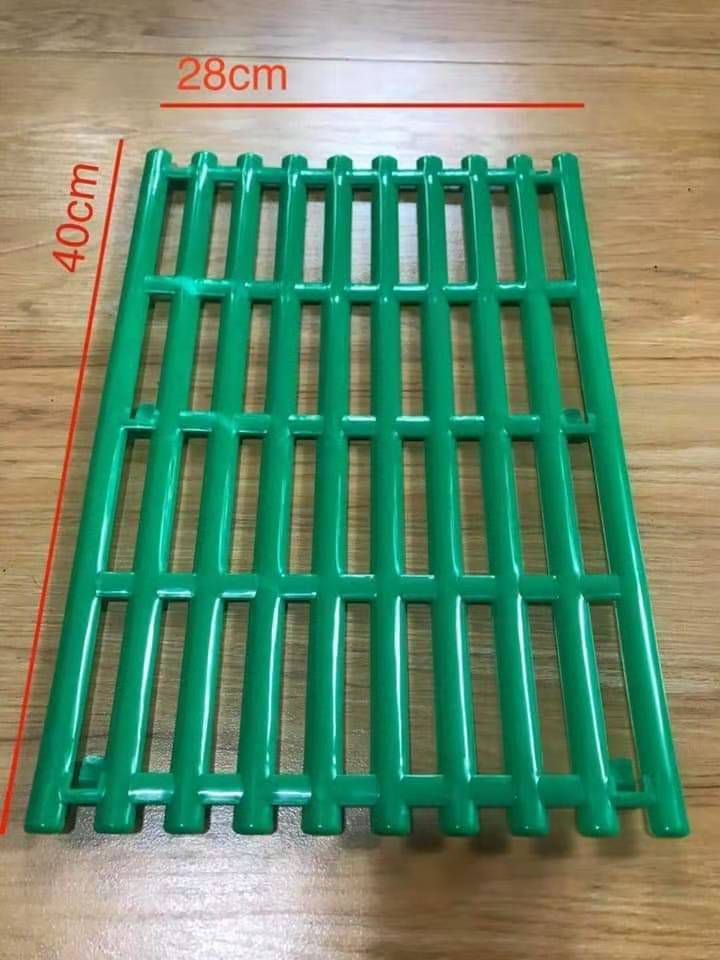Exploring the Benefits and Features of Vertical Feed Mixers for Enhanced Livestock Nutrition
Aug . 10, 2024 17:40 Back to list
Exploring the Benefits and Features of Vertical Feed Mixers for Enhanced Livestock Nutrition
Understanding Vertical Feed Mixers A Key Tool for Modern Agriculture
In the world of modern agriculture, efficiency and precision play pivotal roles in enhancing productivity and sustainability. One of the essential tools that farmers and livestock producers have come to rely on is the vertical feed mixer. Understanding how these machines work and their benefits can help enhance livestock nutrition management.
What is a Vertical Feed Mixer?
A vertical feed mixer is a specialized machine designed to blend various feed ingredients into a homogeneous mix. Unlike horizontal mixers, vertical mixers utilize a vertical auger that moves feed materials in a circular motion. This design not only promotes thorough mixing but also allows for the incorporation of larger volumes of feed with a reduced risk of over-mixing. Farmers can use these mixers for formulating rations that meet specific nutritional requirements for different types of livestock, whether it be dairy cows, beef cattle, sheep, or goats.
Advantages of Vertical Feed Mixers
1. Enhanced Mixing Efficiency The vertical auger design is particularly effective at mixing bulky components and incorporating them with smaller particles. This results in a uniform dosage of nutrients for the animals, which is crucial for their health and productivity.
2. Space-Saving Design Vertical mixers often occupy less space than their horizontal counterparts. Their compact design makes them an ideal choice for farms with limited space or those seeking to maximize operational efficiency.
3. Versatility These mixers are capable of handling a wide variety of feed ingredients, including hay, silage, grains, and commercially mixed feeds. This versatility enables farmers to tailor rations based on availability and nutritional requirements.
feed mixer vertical

4. User-Friendly Operation Many modern vertical feed mixers come equipped with advanced technology, including digital scales and automated controls, which simplify the mixing process. Operators can easily monitor ingredient weights and adjust the mix as needed, reducing the chances of human error.
5. Improved Feed Quality Consistent mixing leads to better nutrient distribution, which can enhance feed intake and digestibility among livestock. With a uniform ration, animals are more likely to consume their feed efficiently, promoting better growth rates and overall health.
The Economic Impact
Investing in a vertical feed mixer can yield substantial economic benefits for farms. Improved feed efficiency directly correlates to healthier animals, which translates to higher milk production, better growth rates, and ultimately, increased profitability. Additionally, well-fed livestock often experience lower veterinary costs due to a decreased incidence of nutritional deficiencies and related health issues.
Choosing the Right Vertical Feed Mixer
When selecting a vertical feed mixer, farmers should consider several factors, including capacity, power requirements, and specific features. It is essential to assess the scale of operations and the types of feed that will be mixed. Features such as a scale for accurate ingredient measurement, a replaceable wear floor for durability, and tiered augers for enhanced mixing capabilities can significantly enhance the efficiency of the mixer.
Conclusion
Vertical feed mixers stand out as a transformative innovation in modern agriculture. Their ability to produce balanced, high-quality feed in an efficient and versatile manner significantly contributes to livestock productivity. As farming practices continue to evolve, the adoption of technology-driven solutions like vertical feed mixers will be critical in meeting the growing demands for food production while ensuring sustainable practices. By investing in these machines, farmers not only streamline their feeding processes but also take a significant step toward achieving their economic and environmental goals.
-
Hot Sale 24 & 18 Door Rabbit Cages - Premium Breeding Solutions
NewsJul.25,2025
-
Automatic Feeding Line System Pan Feeder Nipple Drinker - Anping County Yize Metal Products Co., Ltd.
NewsJul.21,2025
-
Automatic Feeding Line System Pan Feeder Nipple Drinker - Anping County Yize Metal Products Co., Ltd.
NewsJul.21,2025
-
Automatic Feeding Line System - Anping Yize | Precision & Nipple
NewsJul.21,2025
-
Automatic Feeding Line System - Anping Yize | Precision & Nipple
NewsJul.21,2025
-
Automatic Feeding Line System-Anping County Yize Metal Products Co., Ltd.|Efficient Feed Distribution&Customized Animal Farming Solutions
NewsJul.21,2025






